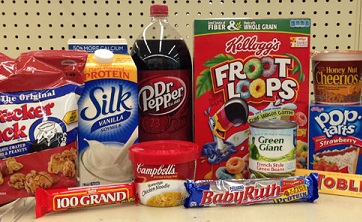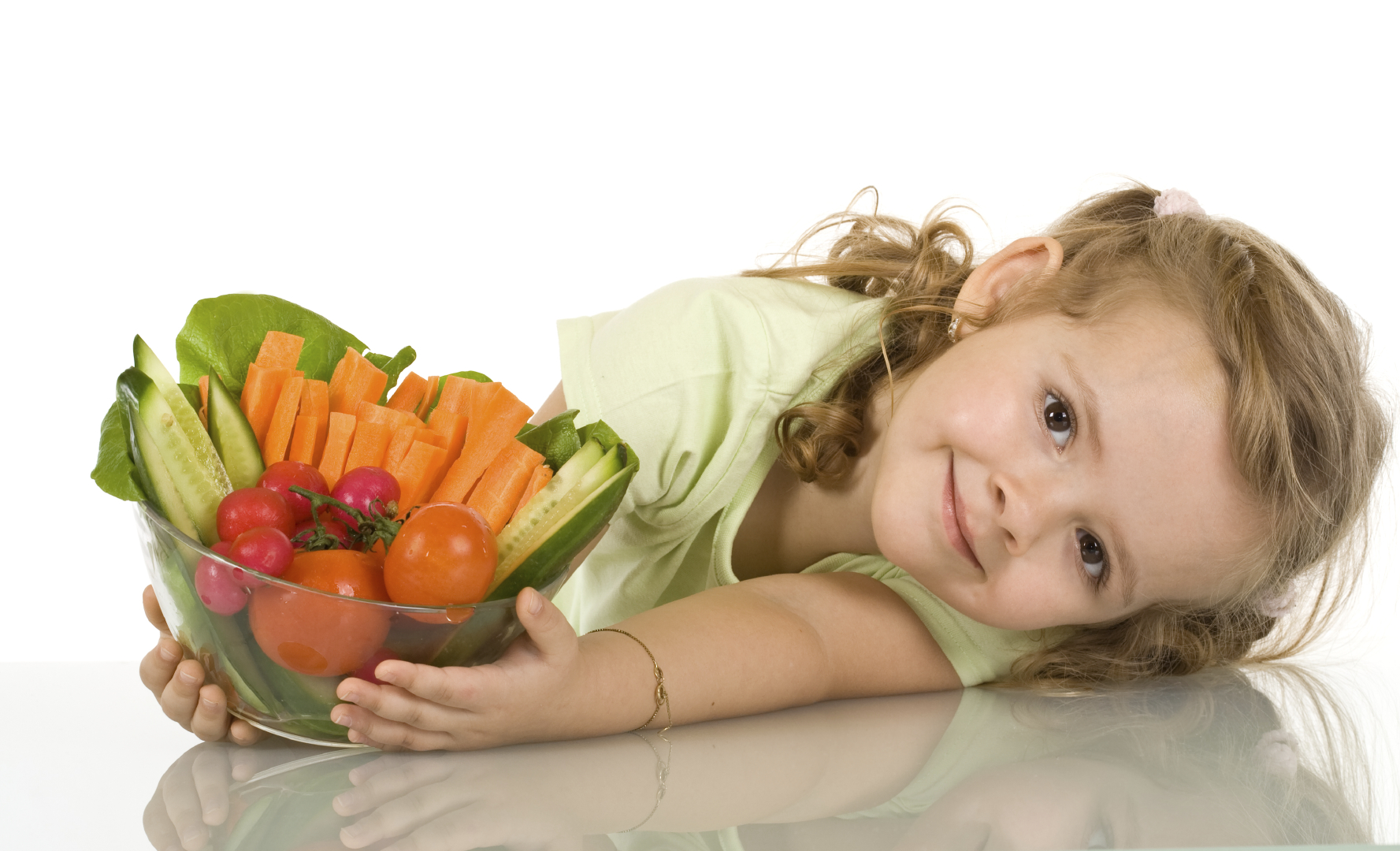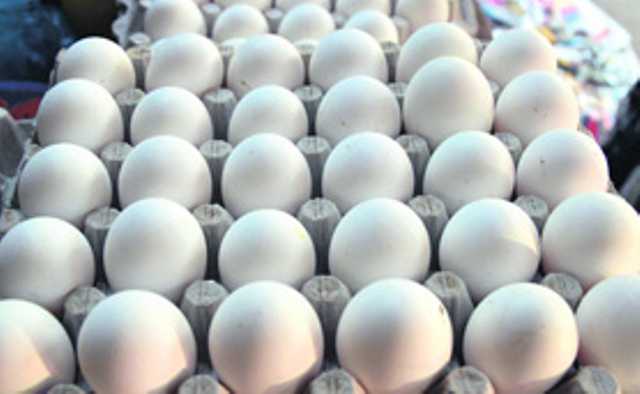Food Packaging Has Many Benefits

By Prince Paul Amuzu:
The Regulatory Officer at the Food and Drugs Authority, Mr. Kofi Essel has identified some of the key reasons and benefits of food packaging. According to him, there are basically six reasons why food items are packaged.
Mr. Essel who was speaking on the ‘Food Safety, Nutrition and Hygiene’ show hosted by Nana Ama Sarfo on Tuesday added that food products are packaged to protect the food from damaging or contamination by micro-organisms, air, moisture, toxins, temperature, dropping and crashing and also the vibration it suffers during transportation.
According to him, delicate products such as fruits need to be protected through the process of rigid packaging such as a laminated container.
Mr. Essel also touched on the several uses of packaged foods.
“In addition, food packaging keeps the products together so that it does not spill as same shape cannot be easily packaged. For example, certain vegetables cannot be easily packaged. However, there are methods of getting around this problem. Suppliers of canned vegetables such as carrots have developed a particular type of plant that yields carrots that are straight and smaller than the normal variety” he observed.
The Regulatory Officer also noted that packaging provides an identity of the food product since this is the main means of advertisement.
“Packaging is the main way products are advertised and identified. To the manufacturer, the package clearly identifies the product inside and it is usually the package that the customer recognizes when shopping. Advertising is very important when a manufacturer launches a new or existing product. The package through its colour scheme or logo is what is normally identified by the customer,” he explained.
Another benefit identified by Mr. Essel in reference to food packaging is the fact that packaging protects the food item during transportation and ease of transport. “Packaging also makes it very easy to transport, move and lift food items. A regular shaped package such as a cuboid can be stacked without too much space between each package being wasted. This means that more packages can be transported into a container of a lorry,’’ he said.
Mr. Essel also identified food packaging as a means of stacking and storage. “In supermarkets and shops, it must be possible to stack packages so that space is not wasted on the shelves. The shape and the forms of the package determine how efficiently they can be stacked or stored, ’’he argued.
The Regulatory Officer also explained that packaging provides clients or customers with printed information which they need to know about the product on the packaging. This includes ingredients; sell by dates, special offers, manufacturing address, contact information, product title, barcode and more.
Billions of pounds are spent on packaging food and other items each year. Sixty percent of all packaging is for food products. At the beginning of the 20th century most food was sold loose. It was weighed and measured out and placed in bags or directly into the shoppers’ bag to carry home.
Packaging and advertising were virtually unknown. Today packaging is a massive, lucrative industry and often, it is the way the packaging looks that persuades the shopper to buy the product inside it.
Basically there are three main types of packaging: primary packaging, secondary packaging and tertiary packaging. Primary packaging is the main packaging which holds the food at the time of processing or wrapping. On the other hand, secondary packaging merges with the primary packaging into one final box while tertiary packaging combines all of the primary plus the secondary packaging into one.
Source: ritefmonline.org





